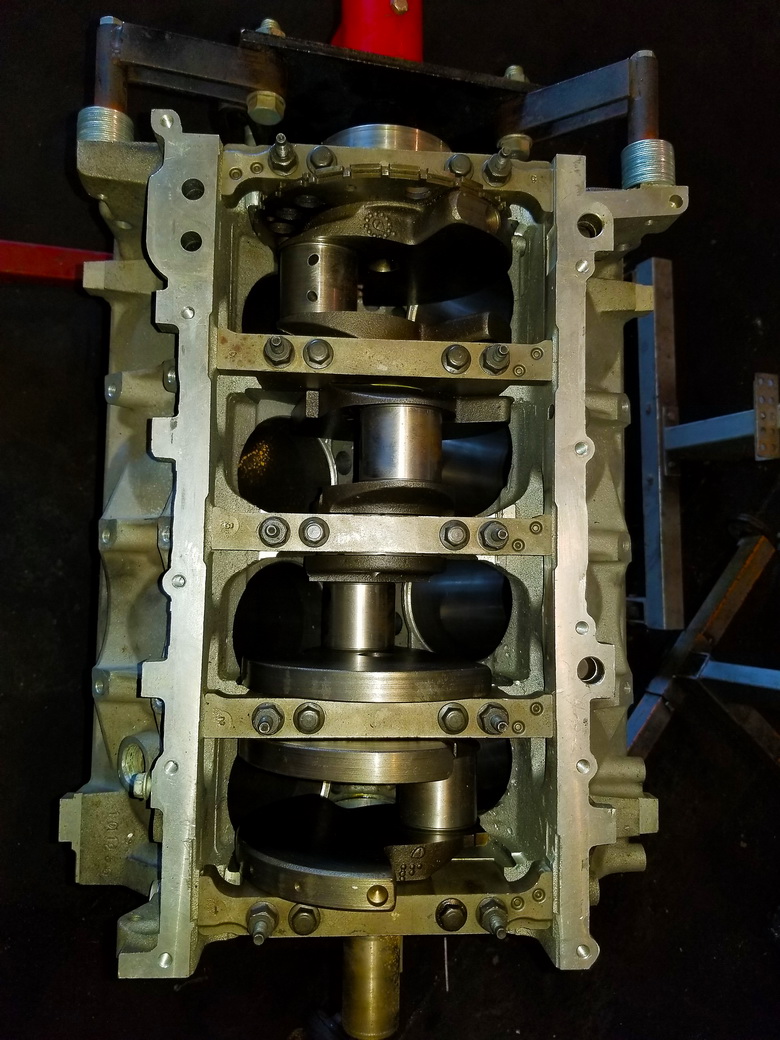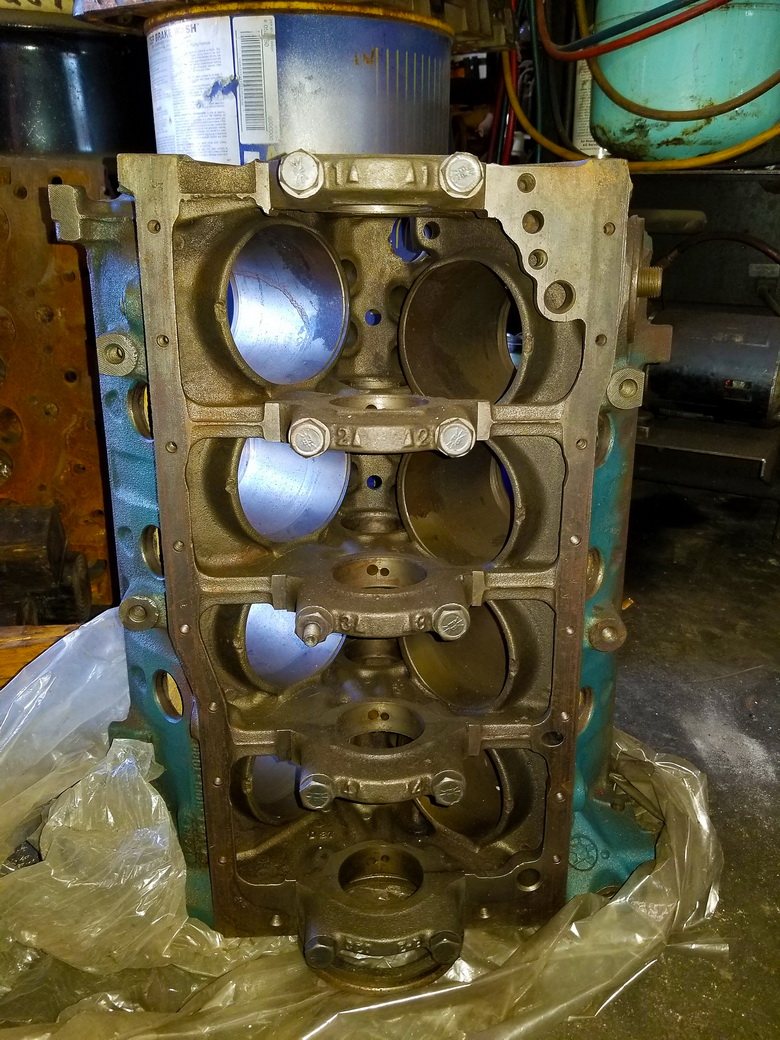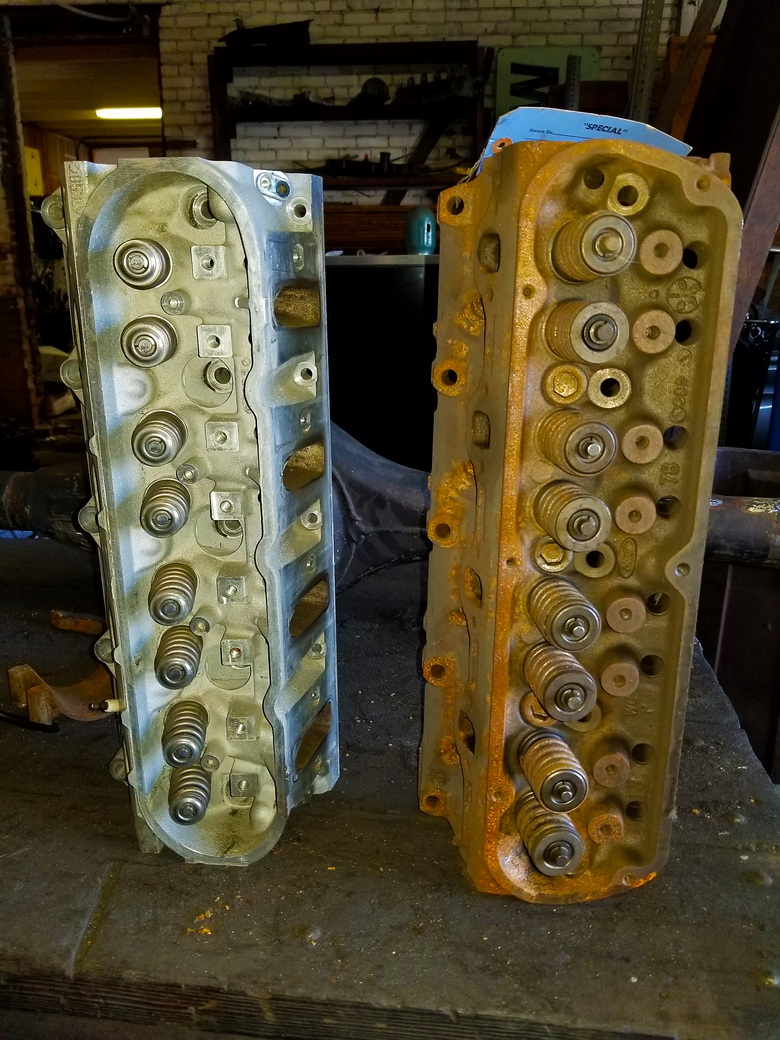No, the General Motors LS V8 Engine Series is NOT a Copy of the Ford Windsor V8
The Chevy vs Ford debate goes back decades. It continues today just as it did during the Golden Age of muscle cars, covering everything from trucks and cars to engines and transmissions. This long-standing rivalry has inspired memes, window stickers, and countless comedy routines. In fact, some even have proclaimed that the LS V8 engine is just a copy of the Windsor.
Is this statement true? Is the GM LS series V8 just a copy of the Ford Windsor V8 engines? Or is the LS engine an original design that bears similarities due to common engineering design principles?
We decided to do our own comparison, which we’ll get to in just a moment.
First, before we delve under the hood of that particular discussion, let’s pause here to remember that Heatshield Products offers solutions that help people get more power and reliability out of any engine. Add horsepower to your GM LS V8 with the I-M Shield™ thermal barrier for intake manifolds. For carburetor-running Windsor V8s, there’s the Thermaflect Sleeve™ to cover fuel lines running near the engine or exhaust to shield them from the heat that causes vapor-locking issues. In fact, our Exhaust Wrap goes on the exhaust headers of any vehicle to decrease underhood heat and increase exhaust performance.
With that noted, let’s return to that age-old debate involving Chevy vs Ford, and whether the LS Series engine is really just a carbon copy of Ford’s Windsor V8:

GM LS Series
The LS series first appeared under the hood of the new C5 Corvette in the fall of 1996. It was designed to be more efficient and more powerful than the original small-block Chevy V8s. The new engine had better sealing to reduce oil leaks and maintenance, a crankshaft-driven oil pump, and many other features that set it apart from previous generations of the V8. While the majority of manufacturers were replacing their older pushrod V8s with overhead-cam designs, GM stuck with the LS series-proven, single in-block camshaft and pushrod-actuated valve train design.
GM’s LS series became the foundation for truck and SUV engines in 1999. It has different displacements and horsepower ratings, including one specially designed for cars with front-wheel drive. The compact, lightweight design has helped it become a versatile and popular engine like its small-block ancestors. The last production vehicles to feature an LS were the 2018-model-year Chevrolet and GMC heavy-duty trucks with the 6.0L engine.

Ford Windsor V8
The Windsor V8 debuted in July 1961, replacing the Ford Y-block engine. The first version was only 221 CID, but the soon-to-follow 289 and 302 put the engine on the map. The Windsor engines became the backbone of Ford’s V8 lineup in the 1970s when other Ford V8 engines were discontinued. Production continues in America until the late 1990s, when it was replaced by the OHC-modular V8 series.

LS vs. Windsor
Both engines have a diverse performance history. The Windsor V8 lived through the malaise era when horsepower was in short supply, and also saw the transition from the factory-carburetor era to factory fuel injection. It’s been the basis for countless performance builds since the 1960s, and even now is being built in various forms/displacements.
The LS series was performance-oriented in the beginning, powering the Corvette first, then the Camaro and Firebird a year later. When the truck engines debuted, they still boasted good power and responded well to aftermarket modifications. LS series engines can be built in a variety of displacements and have nearly unlimited power potential.
While we haven’t found any information to support the idea that one engine is better than the other, the subject of the debate is whether or not the GM LS series is a copy of the Windsor V8. Let’s take a look at some differences and similarities between these two engines to help clear up this debate.
Engine Block Design
The LS engine specs feature a six-bolt, deep-skirted block design that adds significant strength for leak-free sealing between the oil pan and the block. The main-cap design increases bottom-end strength so that the engine can handle more power. The factory windage tray improves windage for less drag on the crankshaft.
The Windsor V8 block was manufactured in two- and four-bolt main cap designs with the two-bolt version being the most common. The Windsor block also doesn’t have deep skirts or a factory windage tray.
Short Block Valley Design
The valley of the LS series is closed off from the lifter bores. Oil feed bosses used to control the active fuel management system that deactivates four of the engine’s cylinders to increase fuel economy were added to the Gen IV design. To remove the lifter the cylinder head must be removed first because the lifter section is sealed off via the head gasket. The LS series also uses a separate plate to close off the valley.
The Windsor V8 lifter valley is more traditional and similar to engines of its period. Lifters can be removed with the heads still in place. The bottom of the intake manifold seals off the valley.
Short Block Front Design
The LS series block has the timing chain in a position similar to most single-cam OHV V8s; it has an independent timing cover, and the oil pump is located behind the timing chain and driven off the crankshaft snout.
The Windsor block incorporates the timing cover into the water pump and makes provisions for the fuel pump drive pushrod off the camshaft lobe and mounting the fuel pump to the cover. The Windsor oil pump is driven off the engine’s distributor.
GM LS V8 Cylinder Head Compared to Ford Windsor Cylinder Head
The LS cylinder head is also noticeably taller than the Windsor’s to accommodate much taller and slimmer intake ports. The LS head has no water crossover passages, whereas the Windsor’s head has coolant passages that flow coolant through the intake manifold for exit through the thermostat mounted in the intake. The LS series uses a “dry” intake, meaning no coolant passes through it. Hot coolant from the block exits via the thermostat passage integrated into the water pump.
In addition to the coolant and oil passage differences, the LS series uses thinner stems (8mm) and lighter valves than the older Windsor V8 valves. The LS V8 engine series also has longer-length valves and a higher maximum valve lift rating than the stock Windsor head. The combustion chambers are different as well.


